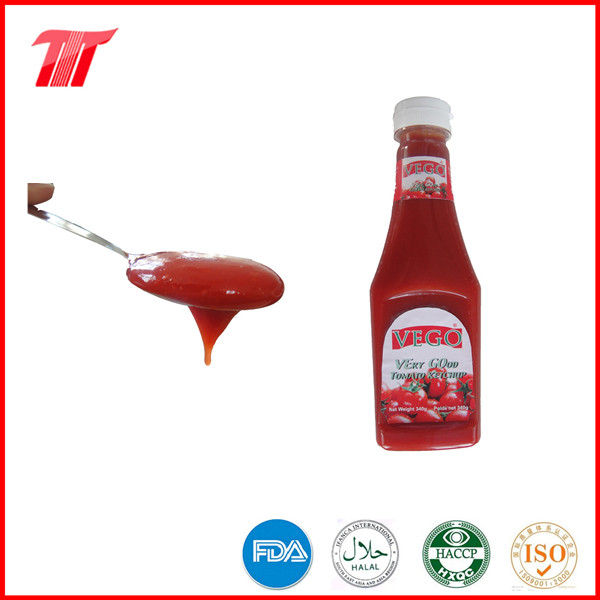The scientific name Echinocnemus squameus Billherg belongs to the order Coleoptera. Alias ​​rice elephant. Distribution in the country's various rice areas.
Host rice, cotton, melons, sweet potatoes, tomatoes, wheat, corn and so on.
Injury traits Larvae eat rice roots in the soil, causing rice plants to turn yellow, and the whole plant withered when severe. Adults eat rice seedlings near the surface of the heart of the water, after the victim leaves grow, there is a row of horizontal holes, the wind breaks and floats on the water.
Morphological characteristics The adult body is about 5mm in length, body gray black, densely grayish yellow scales hair, the head extends into a slightly curved fistula, mouthpiece born in the end of the fistula, tentacles end slightly enlarged, dark brown . Slightly winged with 10 longitudinal grooves each, the inside 3 colors are slightly darker, and behind the 2-3 fine longitudinal grooves, there is a rectangular white spot. Egg length 0.6-0.9mm, oval, translucent with luster, early white, after dark yellow. The last-instar larvae have a body length of about 9 mm, brown heads, white milky bodies, and a lot of wrinkles. They are bent to the ventral surface and have no feet. 5mm long, with fine wrinkles on the ventral surface, with 1 pair of stings at the distal end, white at the beginning, and gray at the end.
Living habits Zhejiang 1st generation, Jiangxi, Guizhou, 1st generation, mostly 2 generations, Guangdong 2nd generation. The winter in the first generation of the area is adult, and the first and second generation cross districts and the second generation district are also
Adults predominate, larvae can also survive winters, and individually spend their winters. The larvae and cockroaches are often overwintered in the rhizosphere at a depth of 3-6 cm on the surface of the earth. Adults often spend their winters in the fields and weeds in the fields. Overwintering adults in southern Jiangsu province lay eggs from May to June in the following year, and emerged in October. In winter, the adults in Jiangxi province lay eggs in the middle and early months of May. In late May, the generation larvae hatch, and in mid-July-August and mid-August, the eclosion occurs. The second-generation larvae hatch at the end of July-the first half of August, and part of the larvae overwinter after phlegm or eclosion in October. Generally, it is the most intense in early rice returning to the Qing period. A generation of about 2 months, the second generation up to 8 months, the egg period of 5-6 days, a generation of larvae 60-70 days, overwintering larvae period of up to 6-7 months. In the first to last 6-10 days of the flood season, the adults become active in the morning and evening. During the day, they hide in the grasses of the paddy fields or between the bases of the rice groves or the grasses of the field ridges. They have a pseudo-dead and phototaxis. Before spawning, first bite a small hole about 3cm away from the surface of the rice stem or leaf sheath. Each hole spawns 13-20 pieces of larvae. The larvae prefer to gather under the soil and eat young rice roots. Under the 3-7cm building room phlegm. Sandy paddy fields, dry fields, and drought and flood fields with good ventilation and low water content are vulnerable. It is warm and rainy in the spring and its larvae and eclosion are favored. The early spring rice during the tillering period is conducive to adult spawning.
Prevention methods (1) Agricultural control Attention should be paid to eradicating the weeds at the edge of the fields and the ditch. When plowing the fields in the spring, they should be ploughed more and more, so that the adult larvae and larvae in the soil can float to the surface, and the insects can be buried or burned. (2) In areas where rice weevil is seriously damaged, we have seen 50% of the killing of pine oleoresin oil 800 times or 90% of crystal trichlorfon 600 times, or 667 square meters of 40% methylisothiphos when rice leaf is damaged. Emulsifiable concentrate 100ml or 40% aqueous solution of merthiophoridin EC 100ml to water spray. Every 667m2 can also be used to disperse 40% methylisothiam cream 175ml as poisonous soil in the paddy field, and the control effect can reach 96% after 10 days. In addition every 667m2 can also be used 3% 3% dandan granules, thrown into the field, can also be combined with farming fields, draining the field water, and then sprinkle lime or tea cake powder 40-50kg.
Tomato Ketchup in plastic bottle - Our new product. We can do different types tomato ketchup as per customers' requests and markets quality standard, the paste is normal natural red color tomatoes. Quality is always our life, so we try our best to keep our high quality. Our normal size is 340g. Waiting for your inquiry!
*Related Products:Tomato Paste for benin,high quality tomato paste,spcicy tomato paste.

Tomato Ketchup
Tomato Ketchup,Green Ketchup,Canning Ketchup,Different Packagings Tomato Paste,Tomato Sauce
Hebei Tomato Industry Co., Ltd. , https://www.hebeitomato.com